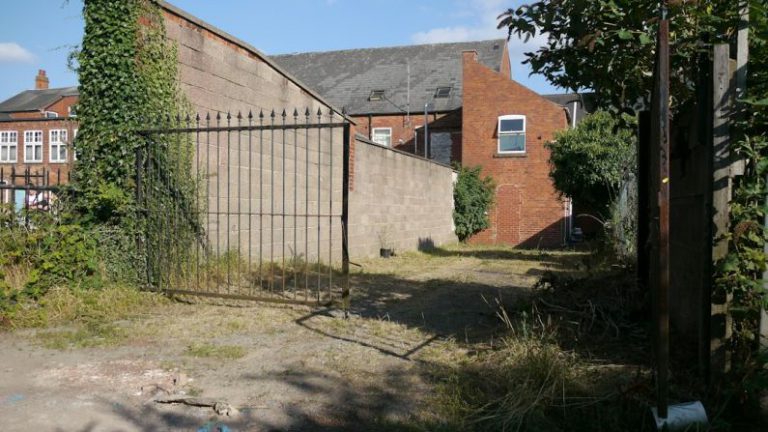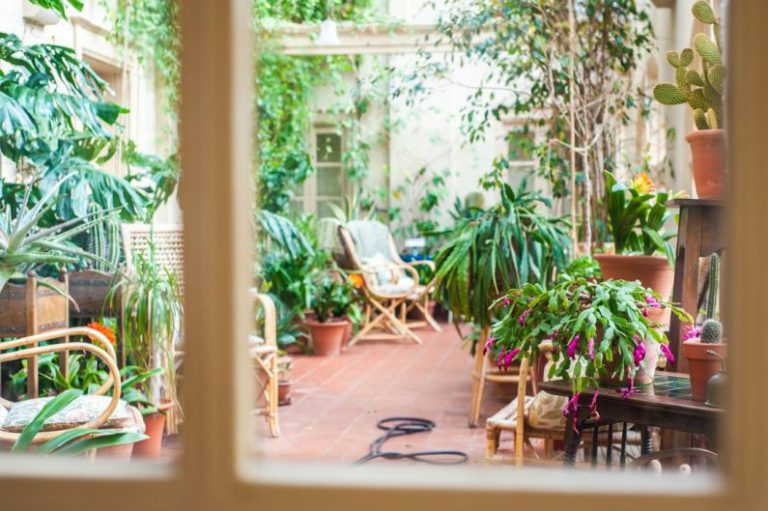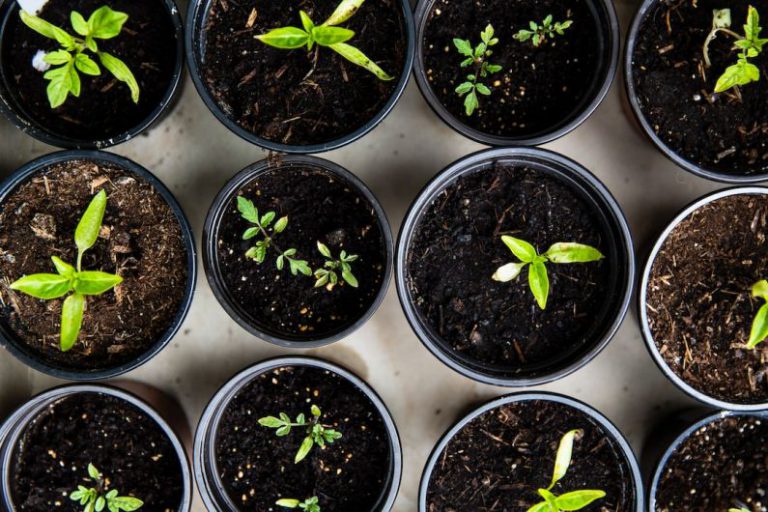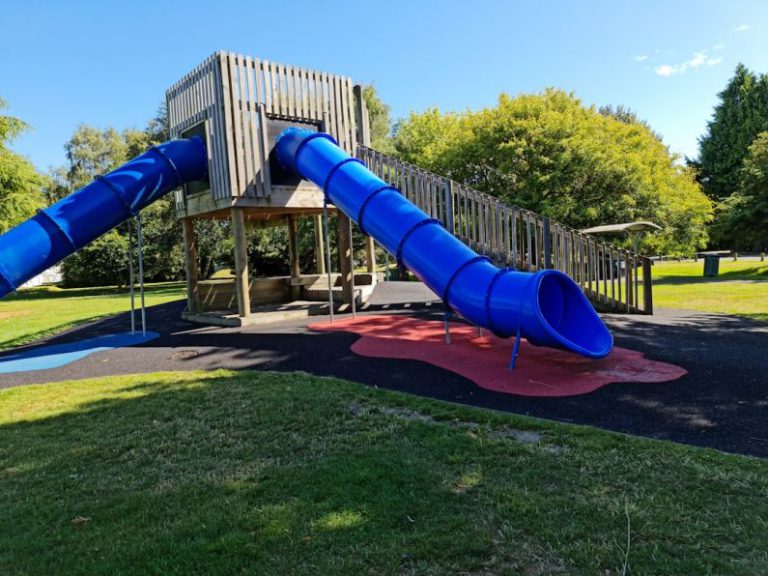How to Build a Sustainable Vegetable Garden?
Do you want to have a sustainable vegetable garden in your backyard? Growing your own vegetables not only allows you to have fresh produce right at your fingertips, but it also promotes a healthier lifestyle and reduces your carbon footprint. In this article, we will guide you through the process of building a sustainable vegetable garden, from choosing the right location to maintaining it for years to come. So, grab your gardening gloves and let’s get started!
Choosing the Right Location
The first step in building a sustainable vegetable garden is selecting the right location. Look for an area in your yard that receives at least six to eight hours of direct sunlight daily. Vegetables need ample sunlight to grow and thrive. Additionally, ensure that the area has proper drainage to prevent waterlogging, as this can lead to root rot and other plant diseases.
Preparing the Soil
Next, it’s time to prepare the soil for your vegetable garden. Start by removing any weeds, rocks, or debris from the area. Loosen the soil with a garden fork or tiller to improve its texture and allow for better root penetration. If your soil is clayey or sandy, adding organic matter, such as compost or well-rotted manure, will improve its fertility and water-holding capacity.
Choosing the Right Vegetables
Now comes the exciting part – selecting the vegetables you want to grow! Consider the climate and seasonality of your area when choosing your crops. Opt for resilient and locally adapted varieties that require less water and are resistant to common pests and diseases. This way, you can reduce the need for pesticides and conserve water, making your garden more sustainable.
Planting and Watering
When it comes to planting your vegetables, follow the spacing and depth guidelines provided on the seed packets. Proper spacing allows air circulation, reducing the risk of fungal diseases. After planting, water your garden thoroughly and consistently. Use a watering can or drip irrigation system instead of a hose to minimize water wastage. Watering in the early morning or late afternoon prevents evaporation and ensures that the plants have enough moisture to thrive.
Mulching and Composting
Mulching is an essential practice in sustainable gardening. Applying a layer of organic mulch, such as straw or wood chips, around your plants helps retain moisture, suppress weeds, and regulate soil temperature. It also adds organic matter to the soil as it decomposes, improving its fertility over time. Additionally, composting kitchen scraps and yard waste provides nutrient-rich compost that can be used to feed your plants, further reducing the need for synthetic fertilizers.
Managing Pests and Diseases
In a sustainable vegetable garden, it is important to manage pests and diseases in an eco-friendly way. Introduce beneficial insects, such as ladybugs or lacewings, that prey on common garden pests like aphids or caterpillars. Companion planting, where certain plants are grown together to deter pests, is another effective technique. For example, planting marigolds alongside tomatoes can help repel nematodes. Regularly inspect your plants for any signs of disease or pest damage and take prompt action to prevent their spread.
Harvesting and Preserving
Finally, the fruits of your labor are ready for harvest! Harvest your vegetables when they are ripe, as this ensures the best flavor and nutrient content. To preserve your bounty, consider canning, freezing, or drying excess produce. This way, you can enjoy your homegrown vegetables throughout the year and reduce food waste.
In conclusion, building a sustainable vegetable garden requires careful planning, proper soil preparation, and proactive pest management. By following these steps and incorporating eco-friendly practices, you can create a thriving garden that provides you with delicious, nutritious vegetables while minimizing your impact on the environment. So, roll up your sleeves, get your hands dirty, and start building your sustainable vegetable garden today!






